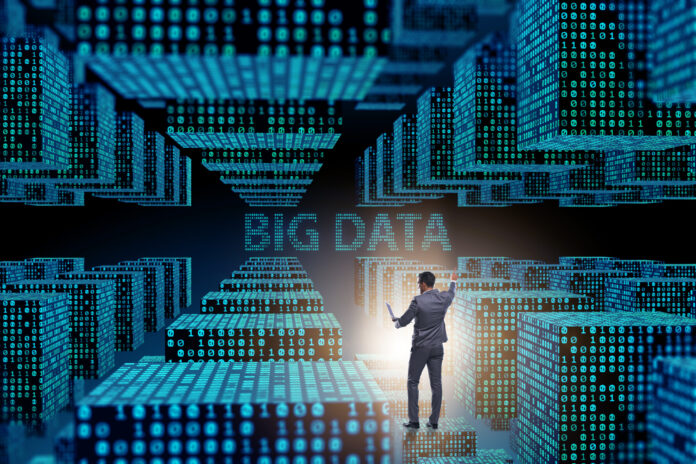The data science platform market is expected to reach USD 322.9 billion by 2026. Data science is the backbone of several industries. Businesses use data science to track progress and trends and inform decisions about their futures.
Two key terms in the data science field are “data analytics” and “data analysis”. The terms are often used interchangeably, but they mean completely different things.
Keep reading to learn more about the differences between data analytics vs. data analysis.
Data Analysis Guide
Data analysis is the process of gathering, cleaning, and interpreting information. This information is used as a tool to gain helpful insight into improving the business in some way.
Data analysis, as a field, often focuses on using data from the past. It seeks to answer questions like “what happened?” or “why did that happen?”. The information used in data analysis already exists.
There are hundreds of data analysis tools available. A lot of these tools are tailored to slightly different types of analysis, so it’s important to make sure you have a sense of what you’re looking for before you try to conduct any sort of analysis.
The two main schools of analysis are quantitative and qualitative analysis. Simply put, quantitative analysis looks at numbers, while qualitative analysis looks at more nuanced information. These approaches inform how you will model the data.
If you’re not sure how to identify the type of analysis you need for a project, you can always hire someone for SPSS data analysis help.
Data Analytics Guide
Well if it’s not the same as analysis, you might be wondering “what are data analytics?”
Data analytics is all about actioning the analysis that your company has received and turning the data into a plan. In other words, it’s the bigger approach that analysis forms a part of.
Data analytics, as a field, tends to look at the future. This is usually looking at identifying industry trends to identify opportunities or threats. So the focus of data analytics seeks to answer questions like “what is going to happen” so the company can better prepare for it.
Analytics is usually informed by AI or programming tools to document, extract, and identify data. Data analytics also includes making recommendations for future action.
Part of data analytics is also presenting the data to people who are not necessarily data experts. This means interpreting and summarizing the analysis and the plan it inspired. These summaries are best when including visual representations, like charts.
Using Data Analytics vs. Data Analysis
Now that you know the differences between data analytics vs. data analysis, you can better understand the role each one plays in your business. Data analytics and analysis work together to provide companies with the information they need.
Knowing this means you’ll be conducting each role effectively, and your business will improve because of it.
If you enjoyed this article, please check out our blog for more content!








